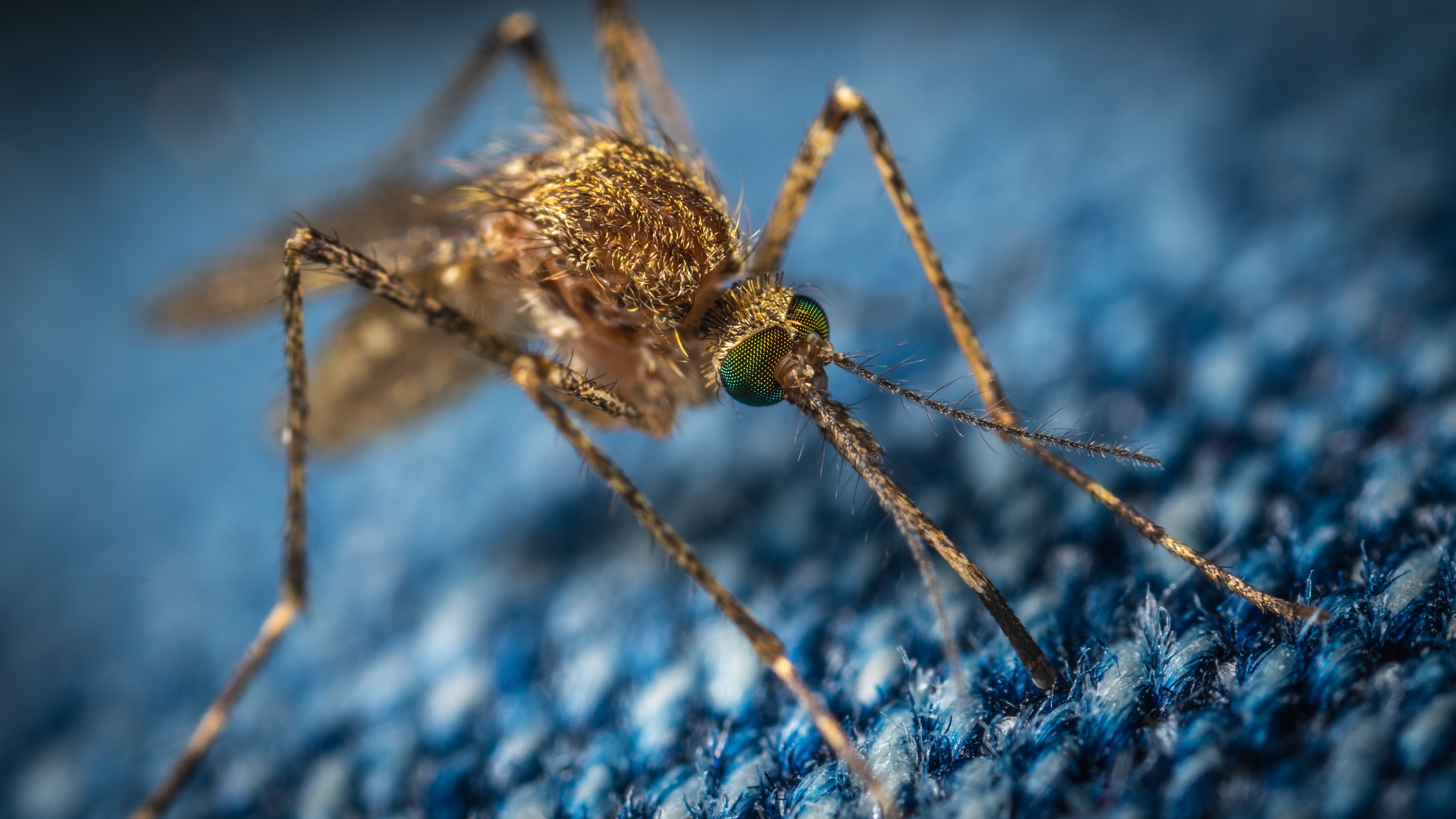
Local
University of Wisconsin-Madison study examines novel mosquito repellent
A recent study found that a bacteria-derived compound might provide a novel option in protecting against mosquitoes and mosquito-borne diseases. Scientists from the University of Wisconsin-Madison examined a bacterium called Xenorhabdus budapestensis that lives inside roundworms. These roundworms parasitize insects, release the bacteria, and kill the host, enabling the worms to eat the insect and reproduce.
The study found that when the bacteria were added to an artificial blood supply intended to feed mosquito lab-colonies, the mosquitoes would not ingest the blood and would die from starvation. The study also found that the compound is three times more potent than DEET in repelling mosquitoes.
More research is needed to evaluate its safety for use in humans, but scientists find this potency promising. Although DEET is safe and effective, it is often perceived as a harmful, synthetic chemical, which might inhibit people from using it. Public health experts say that a novel agent could encourage adequate use of repellents, keeping more people protected from mosquito-borne illnesses such as West Nile Virus and Zika Virus.
National
Another source of ocean microplastic pollution: golf balls
A California teenager has added golf balls to the list of microplastics polluting the world’s oceans. In 2016, Alex Weber and her father found thousands of golf balls lining the ocean floor while diving in the Monterey Bay National Marine Sanctuary. Over the course of two years, they have removed 50,861 golf balls (2.5 tons of debris) from waters that hug five coastal golf courses.
Weber partnered with Stanford University marine ecologist, Matt Savoca, to investigate the impact of this plastic waste. They learned that the golf balls are coated with a polyurethane shell that degrades in the ocean current, emitting toxic zinc compounds and other chemicals. While they recognize that 2.5 tons of plastic waste and these toxic compounds might have a small effect on the larger ocean, they have also learned that the golf balls degrade into microplastic pieces which could disseminate and have a greater overall effect.
Microplastics are particularly problematic due to their inability to be removed from waters and their ability to be readily ingested by marine animals, causing intoxication, intestinal impactions, and starvation. The purpose of this research is to develop appropriate mitigation for coastal golf course pollution worldwide.
International
Coffee plants under threat of extinction
Research published in Scientific Advances and Global Change Biology highlights concerns over the long term sustainability of the world’s coffee plants. Although only two coffee plants produce beans for drinkable coffee, there are 122 additional, known wild species. According to the International Union for Conservation of Nature’s Red List of Threatened Species, 60% of wild coffee species are near extinction.
Scientists cite conservation challenges as threats to these plants, including deforestation, climate change, human encroachment on protected areas, and disease. Coffee species are also generally difficult to conserve as each species tolerates specific climate and habitat conditions. This challenge makes the effects of climate change particularly detrimental.
Although only two domesticated species are used for drinking coffee, the wild species are essential to sustain coffee production. Wild species provide the genetic material needed for crossbreeding, which improves harvest yields and nutritional quality. Less than half of wild species are preserved in seed banks and 28% of species grow outside protected areas.
